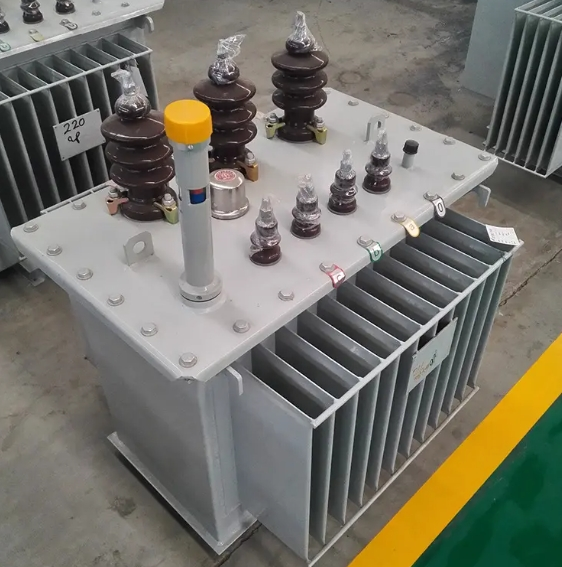Introduction
Importance of Understanding Transformer Type
Let’s Learn about transformer Type. First, you must know Transformers play a pivotal role within electrical systems, regulating voltage levels and facilitating the efficient transmission and distribution of electrical power. Understanding the diverse range of transformer types is paramount for engineers, technicians, and enthusiasts alike. By comprehending transformer types, one gains insight into their functionality, strengths, and limitations. Moreover, transformer types directly influence system performance, safety, and reliability, making it imperative to grasp their nuances to ensure optimal operation.
Purpose of the Guide
This guide aims to comprehensively illuminate the intricacies of transformer types. It endeavors to demystify the often complex world of transformers by offering readers a structured and accessible resource. By elucidating the characteristics, applications, and considerations associated with each transformer type, this guide equips individuals with the knowledge necessary to make informed decisions. Whether navigating power distribution networks, designing electrical systems, or troubleshooting transformer-related issues, readers will find invaluable insights within this guide to enhance their understanding and proficiency.

Common Transformer Type
Distribution transformers are ubiquitous in electrical distribution networks. They serve to step down high-voltage electricity from transmission lines to lower voltages suitable for consumption by end-users. These transformers are typically found mounted on poles or within substations. Additionally, they play a crucial role in delivering electricity safely and efficiently to homes, businesses, and industrial facilities.
Power transformers are employed in high-power applications, such as electrical substations and industrial settings. Additionally, they are utilized where large amounts of electrical energy need to be transmitted over long distances. Moreover, these transformers facilitate voltage conversion between different levels. Furthermore, they ensure reliable power transmission and distribution across vast networks.
Instrument Transformer
Instrument transformers are specialized transformers used to measure high voltage or high current circuits safely. Additionally, they are commonly employed in metering and protective relay applications. Moreover, they allow for accurate measurement and monitoring of electrical parameters. Furthermore, this is achieved without exposing equipment or personnel to high voltages or currents.
Auto Transformer
Auto-transformers differ from conventional transformers because they share a common winding between the primary and secondary circuits. Additionally, this design results in a more compact and cost-effective transformer solution. Moreover, auto-transformers are often used for voltage regulation, impedance matching, and phase shifting applications.
Isolation Transformer
Isolation transformers provide electrical isolation between input and output circuits. Moreover, they effectively block the transmission of electrical noise. Additionally, they offer protection against ground faults. These transformers are widely used in sensitive electronic equipment, medical devices, and audio systems. Furthermore, they ensure reliable operation and safety.
Selection and Considerations of Transformer Type
Factors Influencing Transformer Type Selection
Different applications necessitate specific transformer types tailored to their unique requirements. Moreover, whether it’s stepping up or stepping down voltage levels, providing isolation, or ensuring accurate measurement, selecting the right transformer type is crucial. Additionally, matching transformer characteristics to application needs ensures optimal performance, reliability, and safety.
Matching Transformer Type to Applications
Various applications require specific transformer types tailored to their unique requirements. Additionally, whether it’s stepping up or stepping down voltage levels, providing isolation, or ensuring accurate measurement, selecting the appropriate transformer type is essential. Moreover, matching transformer characteristics to application needs ensures optimal performance, reliability, and safety.
Efficiency and Reliability Considerations
Efficiency and reliability are crucial in transformer operation. Particularly, in critical infrastructure and industrial settings, they play pivotal roles. Transformers must minimize losses for better energy efficiency, consequently reducing environmental impact. Moreover, reliability factors encompass insulation quality, cooling mechanisms, and maintenance requirements. These factors ensure uninterrupted operation and longevity. By prioritizing efficiency and reliability, performance can be optimized, leading to minimized downtime and operational costs.